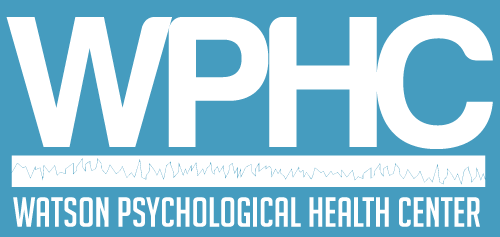Neurofeedback and ADHD
You know what they say, "If at first you don't succeed in paying attention, try, try again." And that's exactly what we're going to talk about today - Attention-deficit/hyperactivity disorder (ADHD) and how to give it the old college try with neurofeedback.
Now, I ain't no doctor, and I ain't no scientist neither, but I do know a thing or two about the human brain. And let me tell ya, ADHD ain't no picnic. It's like tryin' to herd cats - except the cats are your own thoughts and the herdin' is tryin' to focus on one darn thing for more than five minutes. It's like tryin' to catch a greased pig, except the pig is your own brain and the grease is just general distractibility.
But don't fret, my friends, there's hope yet. Enter neurofeedback. It's like a magic elixir for the ADHD brain. It's a form of biofeedback that uses real-time brain activity measurements to help you learn to regulate your own brain function. It's like teachin' your brain to sit still and pay attention, just like you wished it would've done in school. It's like takin' a wild stallion and turnin' it into a trusty riding horse.
The underlying theory behind neurofeedback for ADHD is that the brain function of people with ADHD is different from that of people without ADHD. It's like tryin' to herd cats with a broken lasso. The cats, or in this case, the brain activity, just ain't cooperatin'. Specifically, people with ADHD have been found to have less activity in the Frontoparietal network, a network of brain regions involved in attention and executive function. Neurofeedback aims to increase activity in this network by providing real-time feedback on brain activity and teachin' individuals to regulate their own brain function. It's like fixin' the lasso and finally gettin' those cats to behave. It's like fixin' a leaky faucet, you can finally have a steady stream of focus.
Several studies have found neurofeedback to be effective in reducing symptoms of ADHD. For example, a study published in the Journal of Child Neurology found that neurofeedback improved attention and impulsivity in children with ADHD. Another study published in the Journal of Clinical Psychology found that neurofeedback improved attention and executive function in adults with ADHD. It's like takin' a cat to obedience school and finally gettin' it to use the litter box.
During a neurofeedback session, you wear a cap with sensors that measure brain activity. This activity is then displayed on a computer screen in real-time, and you are trained to change your brain activity to match a target pattern. This is typically done through a video game or other interactive task, such as controlling a virtual ball or spaceship. By learnin' to regulate your brain activity in this way, you can improve your attention and executive function. It's like teachin' a cat to fetch. It's like teachin' a monkey to do tricks, except the monkey is your brain and the tricks are focusin' and payin' attention.
Here is what one client says:
Before starting the treatment, I had a hard time focusing on tasks and following through with responsibilities. My impulsivity was also a major issue, making it difficult for me to control my actions and reactions.
Since beginning the treatment, I have noticed a significant improvement in my ability to focus and complete tasks. I am also able to better control my impulses, which has had a positive impact on my relationships and daily life. I have been able to be more present and engaged in my daily activities, leading to a sense of accomplishment and self-esteem.
The treatment process was easy and non-invasive. I simply wore a cap with sensors that measured my brain activity, which was then displayed on a computer screen in real-time. Through interactive tasks such as controlling a virtual ball or spaceship, I was able to learn to regulate my brain activity and improve my attention and executive function.
I highly recommend neurofeedback treatment for anyone struggling with symptoms of ADHD. It has been a game changer for me and has greatly improved my quality of life. I am grateful to have had the opportunity to receive this treatment and will continue to use the skills learned in my everyday life.

